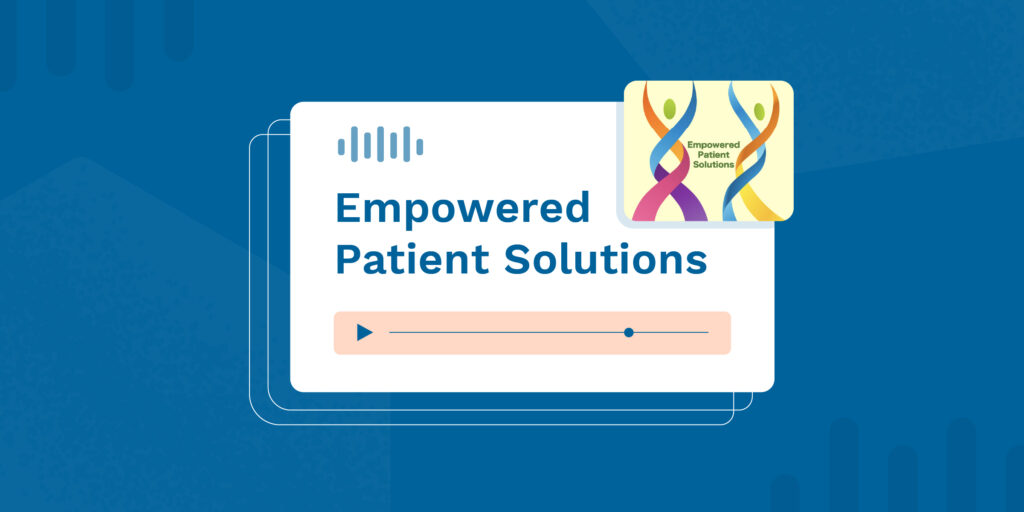With the pandemic settling down in the United States, daily healthcare operations look very different than they did in 2019, and a large portion of changes will require physicians to rethink their structures of delivery and processing.
Evolving demands include an increasingly complex healthcare market and a different model for healthcare delivery. Research shows that group practices are growing at a faster rate than solo practices and both patient satisfaction ratings and adherence to guidelines are higher among group practices. Even seasoned solo practitioners may reconsider the benefits of a larger group practice in light of the changing landscape.
Shifts in the Clinical Practice Landscape
With vaccine rates falling and pandemic worries cooling, medical practices will be overrun with a significant increase in patients. Due to things like delayed patient care and long-term COVID effects, an increased patient base will introduce new financial risks, policies, and scheduling difficulties, especially for solo practices. With the prevalence of telemedicine, providers will need to balance more patients and new technology expectations. What can your practice do? Try retraining staff, a new approach to patient encounters, or new tools that increase patient convenience and engagement.
Group practices can provide more support to both physicians and patients. According to the American College of Physicians (ACP), a group practice will:
- Ease administrative burdens, including developing agreements with insurers, compliance documentation, and other regulatory requirements. Less time in paperwork means more time for quality patient care.
- Increase practice technology and capacity, and improve convenience and accessibility for your patients through expanded patient resources
- Provide peer availability so the provider’s absence does not disrupt patient care
- Improve collaboration and communication between physicians to provide the highest quality care
Why Are Multi-Specialty Clinics Becoming More Prevalent?
A multi-specialty clinic can typically provide more comprehensive care because all of your patient’s needs can be served in one convenient location. This is especially true for patients who have several health conditions and must visit a variety of specialists regularly. Additionally, in a multi-specialty clinic, physicians can communicate better and more easily provide referrals which results in better care coordination. Patients can also develop a relationship with support and administrative staff that transfers across all lines of their treatment, creating a more seamless experience for their health journey.
The Dartmouth Institute for Health Policy and Clinical Practice found that large, multi-specialty medical groups provide higher quality care at a lower cost than care from smaller group practices. The head of the Institute stated, “our research shows that large, well-organized multi-specialty practices are poised to take costs and quality to a new level.” Overall, their studies found that large multi-specialty group practices improved the quality of care by 5% to 15% with a 3.6% ($272) lower annual cost per patient, increasing credibility and trust, especially among aging and vulnerable populations. While the individual impact may seem minimal, the study further projected that the Medicare program could save up to $15 billion annually if all physicians performed at this level. Lower healthcare costs benefit both provider and patient alike.
Using Software to Increase Care Quality, Regardless of Size
Providing high-quality patient care requires the right tools to streamline practice communication and processes; this will be especially true as your practice grows. RXNT Full Suite of software offers advantages for solo physicians, multi-specialty, and larger group practices alike. Our cloud-based Electronic Health Records (EHR) software streamlines your workflows, optimizes clinical outcomes, and improves practice efficiency. Whether managing your small medical office or a health organization across multiple locations, our integrated EHR, Billing, and Scheduling software helps providers better manage all aspects of the patient experience, from scheduling and check-in, patient charting and an online patient portal, to billing and revenue cycle management.
The influx of telemedicine has changed patient expectations. Patients now expect a streamlined, technology-fluent experience that is flexible and customized—similar in nature to the customized, personal buying experience in modern retail. Our cloud-based software is telehealth-friendly and secure, allowing remote access to patient data, updating records, creating lab orders and referrals, and documenting visits.
With check-in and communication tools, patients are provided with convenience and transparency. Our integrated patient engagement portal allows patients to schedule an appointment, view health documents, and pay medical bills, all contributing to patient satisfaction, provider-patient trust, and successful practice.
As larger, multi-specialty practices become more prevalent, RXNT is equipped to meet diverse needs with customized, integrated, cloud-based solutions. Contact one of our customer advisors to learn more about the capabilities of RXNT’s entire suite of software.





